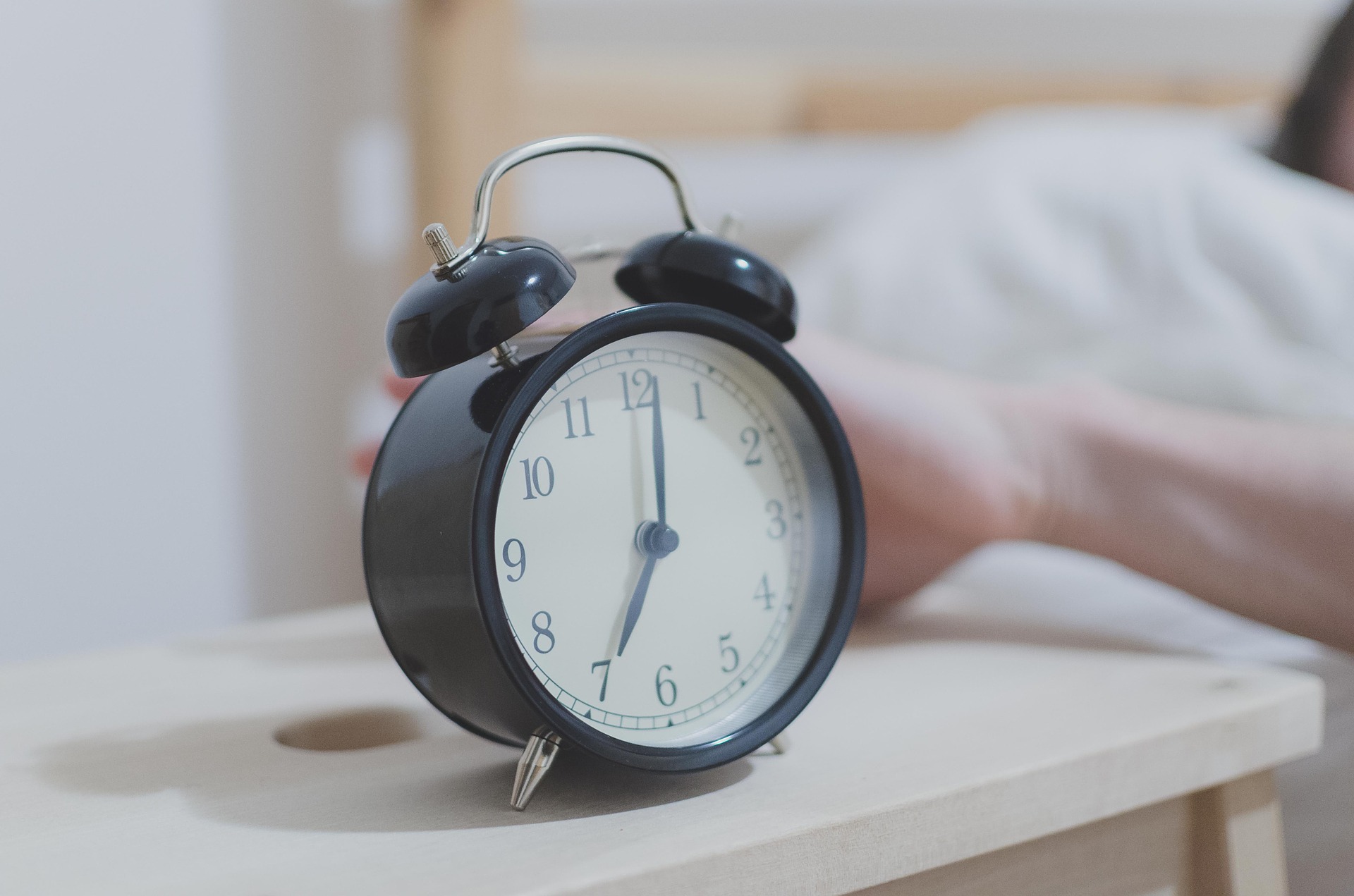Ahhh, daylight saving time. A delight in the fall when the time goes back an hour and our social media feeds are home to charming “Turn Back Time” Cher puns but in the spring it simply means the inconvenience of switching all of your manual clocks and dragging your feet as you crawl out of the bed in the morning. It seems a bit pointless, especially with some provinces and countries opting out the of the bi-annual hassle, but there was a clever purpose when it was originally proposed.
The idea of daylight saving time has been around since the late 1700s, often erroneously credited to Benjamin Franklin. The idea was that pushing the time an hour forward in the spring would allow people to take advantage of the early summer sunrise, spending less energy to artificially light their homes and increase the hours they could do productive work outdoors. In the fall, the hour would be adjusted back to make the most of the later sunrise. However, it took a long time for the idea to finally take hold and it wasn’t until William Willett brought the idea back into common conversation that Germany became the first to adopt daylight saving in 1915 in the interest of energy conservation. Many countries in Europe, Canada, and the United States would also adopt it during the First World War but most discontinued the practice afterward.
The idea never quite went away, however, and different variations were tested off and on throughout the Second World War and the first half of the 20th Century.
In Canada, the decision to follow daylight saving time is left up to the provinces and most – with notable exceptions of most of Saskatchewan and pockets in Ontario, Quebec, and British Columbia – have followed the lead of our neighbour to the south, closely following the United States’ annual daylight practices.
But is the practice of turning the clock back and forth worth the trouble these days? Recent studies have been finding that the transition between DST and regular time appears to have a negative impact on many people’s health as well as an increase in vehicle collisions.
Some of the data found by Carnegie Mellon University in 2007 shows that pedestrian fatalities from cars increase after 6 p.m. shortly after clocks are turned back in the fall after the end of daylight saving time; statistics show that pedestrians are three times as likely to be killed by a vehicle after the switch than they are in the month prior to the transition, researchers believe this is likely due to drivers needing to adjust to the earlier dusk period.
In addition to the visual adjustment required by drivers, daylight saving also takes a hit on our health. While people can generally adjust to shifts in their sleep schedules with relative ease, people who already have insomnia or difficulty sleeping can find the jump jarring. A 2007 study in Germany found that while people appeared to be equally affected by the time switch in the fall, people who typically stay up late are affected more drastically in the spring, often taking weeks to adjust. In Sweden, a study published by the New England Journal of Medicine in 2008 says that there might be benefits to turning your clock back – but not forward! After studying two decades of records, they found that the number of heart attacks dropped on the Monday after the clock moved back in the fall but the jump forward was marked by a jump in heart attacks, especially for the first few days after the switch.
Does daylight saving time still have a place in our world? I’d argue not. With our globalized world, we’re already becoming adept at managing time zone differences and eliminating the need to emphasize convenient trading and adopting a consistent schedule that optimizes our day-light year-round without the disruption to our bodies is far more valuable.
Danielle Fuechtmann, Editor-in-Chief






